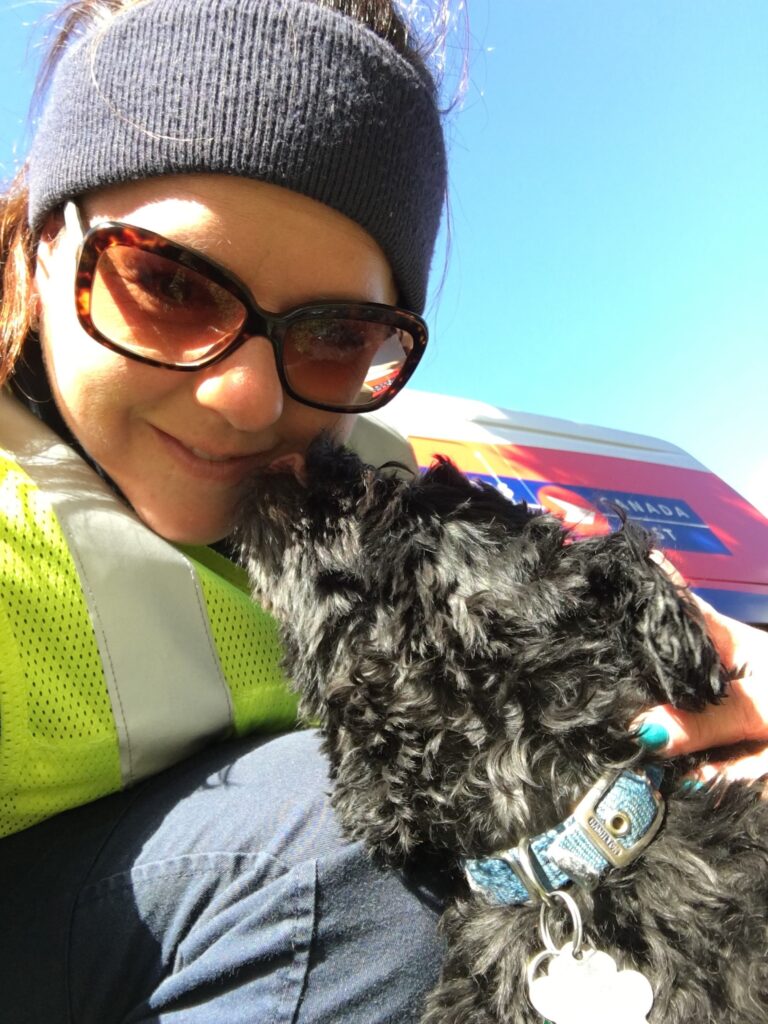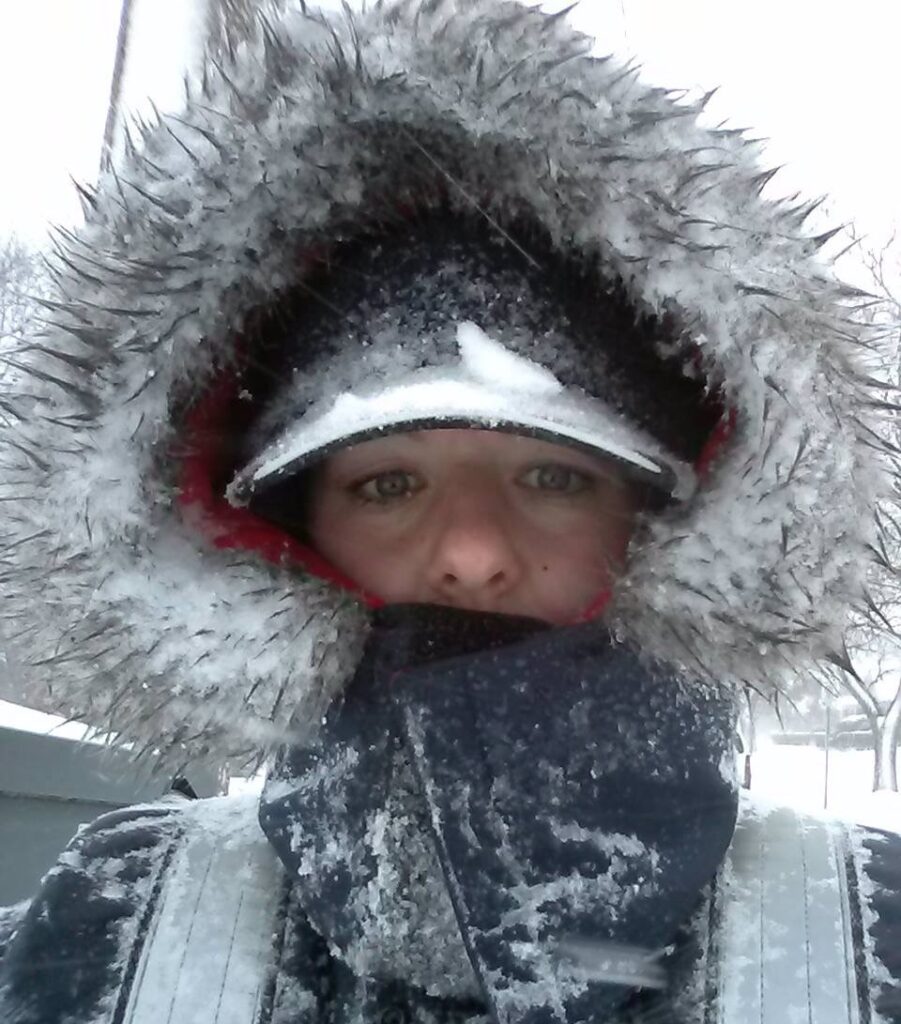Workforce WindsorEssex interviews different professionals for an inside look into their work.
As we take a look at workers in essential positions during the COVID-19 pandemic, we spoke with Stacey who works as a Letter Carrier at Canada Post. You can learn even more about Letter Carriers through a detailed Career Profile.
What does an average day look like for you?
I have worked as a Letter Carrier at Canada Post for 14 years. There are several different positions at Canada post, such as parcel sorters, mail clerks and transportation drivers. My day begins at 7am. When I arrive at work I gather my mail, packets and parcels and return to my sorting case to begin sorting my mail. I never know how heavy my work load will be until it is all lined up in front of me. Once mail is sorted I tie it out in order of delivery following a map provided for my route. Then I load my mail truck and drive to my route. Once I get to my route I park and put on my mailbag and walk my route, moving my truck as I need to reload my bag. I have 990 points of call and my route is approximately 17 kilometres, with about 5000 stairs. It is designed for an 8 hour shift.
Why and when did you choose this career?
I applied for this job when the company I was working for closed it doors and moved to the USA. I had applied, thinking I would be hired as a parcel sorter since I had factory experience. I was surprised when they hired me for Letter Carrier.
What was your education/training? Any additional training for your current position?
I only required a high school diploma, police clearance and a clean driving record. Once I was hired they provided me with two weeks of Letter Carrier training. One week in the classroom learning the rules and regulations and one week on the street delivering mail with a fellow Letter Carrier. I also had to pass 2 driving tests with an instructor to ensure I could drive the different delivery vehicles.
What is the best part of your job?
The best part of my job is meeting new people and their pets. Elderly people especially look forward to seeing me. Sometimes I’m the only person they may see that day. I still deliver door to door so I interact with many people throughout the day. Some routes have community mailboxes in which the carrier drives up to the box and distributes the mail there giving them very little interaction with customers.

What is something challenging about your job?
The weather is the most challenging part of my day. The mail is never cancelled! The old saying rain, snow, sleet and heat is exactly that. We’ve now added COVID-19 to the list as well. As a rookie I experienced heat stroke and was very sick for a few days. With time I have become seasoned for the inclement weather. When the health unit advises you to stay inside due to extreme heat or cold, your Letter Carrier will still be out there working…for many hours!
What advice would you give to someone interested in pursuing the career?
The best advice I would give someone considering this career would be to expect long days and to realize the wear and tear on your body. When you begin as a new carrier you begin as a relief, filling in for people who have the day off. You are constantly moving across the city, making tasks take longer because you have to learn a new sorting case, read new maps, look for mailboxes (they are not always beside the front door) and all of these things add up your daily time value for completing your day. Your day doesn’t end until ALL the mail is delivered. If it takes you 12 hours you work 12 hours. This often makes it hard for beginners to get home for family commitments or other appointments. After 14 years I usually can complete my route within my 8 hour shift, but in my early years I often got home well after dinner. This often surprises people because for some reason people often think Letter Carriers only work until noon and are often shocked to find out otherwise. I have also acquired very sore knees and hips from walking so long and climbing so many stairs everyday. Many Letter Carriers have knee and hip replacements by the time they retire.

How would you say COVID-19 has affected your day-to-day work? Has your workplace added additional safety measures?
COVID-19 has dramatically increased my work load particularly with parcels. We are seeing historic parcel numbers, numbers we usually only see during the Christmas rush. Everything is taking a bit longer due to the fact that we have to social distance. Where we once had 4 people sorting a load of parcels there are now two. We also have two waves of start times, to lower the number of people in the building at the same time. It has been a bit stressful being out in the public touching mailboxes and door handles, not knowing where/ if infected people live there. We wear our masks and carry sanitizer with us and do the best we can. We have been delivering everything from diapers to dog food, helping people who cannot leave their homes.
Has being an Essential Worker during the pandemic has made this more personally fulfilling career?
The public has been so appreciative and it makes me feel good to know I’ve been a source of solution helping them with their needs. People who have never shopped online are now doing so. When I show up on their porch with their package, they can’t thank me enough and it truly makes me feel so good. This pandemic has shown the world just how essential our service truly is. I am a proud essential worker and I really enjoy my job!
________________________________________________________________________________________________________________________________
Thank you to Stacey for the interview, and for supplying images.
Questions or Comments? Please email sfram@workforcewindsoressex.com
Are you an Essential Worker? Would you be willing to share your experience with us? Please contact info@workforcewindsoressex.com, Subject: Essential Worker Portal.

